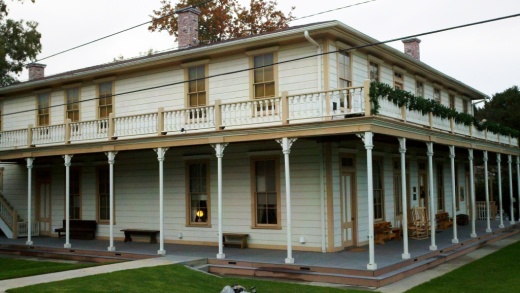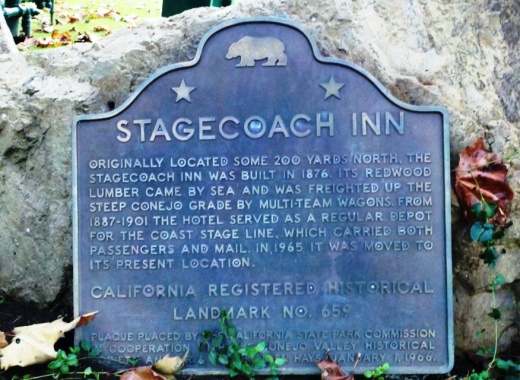In September 2012, California Governor Jerry Brown signed into law AB1616, the California Homemade Food Act, that became effective January 1, 2013.
The law enables home food business entrepreneurs to run businesses, referred to as Cottage Food Operations, without being subject to the same level of regulation as commercial restaurants and bakeries. Before the law was passed, home cooks were required to rent part of a retail kitchen to prepare their products, among other things.
The California Department of Public Health (CDPH) maintains a list of certain “non-potentially hazardous” foods that can be prepared within and sold from a private home, provided certain requirements are met. County Environmental Health Divisions are responsible for overseeing Cottage Food Operation permits. To learn more about obtaining this permit in Ventura County, visit vcrma.org/en/cottage-home-food-operations.
How to Qualify as a Cottage Food Operation:
You prepare or package cottage food products at home.
Your cottage food product(s) are on the state approved list (summary below).
You have one or fewer full-time equivalent employees, excluding immediate family an household members.
Your gross annual sales of cottage food are not more than $75,000 for “Class A” foods and $150,000 for “Class B” foods. These amounts were updated effective 1/1/2022 and will be adjusted annually for inflation.
Class A: You only engage in direct sales of cottage foods to customers (e.g. at events, farmers’ markets, etc.).
Class B: You engage in both direct and indirect sales (e.g. through a third party retailer, like a restaurant or retail shop).
You file for proper permitting with Ventura County Environmental Health Division.
Approved Cottage Foods:
The CDPH maintains a list of food that are deemed to be non-potentially hazardous as “cottage foods.” These are foods that do not support the rapid growth of microorganisms or toxins that could make people sick when the food is held outside time and temperature control.
Baked goods without cream, custard or meat fillings - examples include bagels, baklava, biscuits, bread, brownies, buns, cake, churros, coconut macaroons, cookies, crackers, cupcakes, donuts, empanadas (fruit only), flatbreads, fruit, nut or seed bars, macarons (with approved buttercream), muffins, pastries, pies (fruit only), samosas (fruit only), tamales (fruit only), tarts, torillla, torts and waffles.
Candy and confections (too many examples)
Extracts containing at least 70 proof or 35% food grade for human consumption alcohol.
Dried, dehydrated and freeze-dried foods
Frostings, icings, fondants and gum pastes that do no contain eggs, cream or cream cheese
Honey and sorghum syrups
Fruit butters, jams, jellies
Nuts, nut mixes and nut butters
Powdered drink mixes made from manufactured ingredients
Vinegars and mustards
And there you have it. So if you’re wondering why that pie vendor at the farmers’ market is only selling fruit pies, now you know why.















